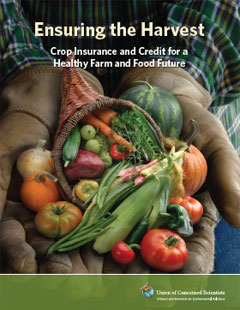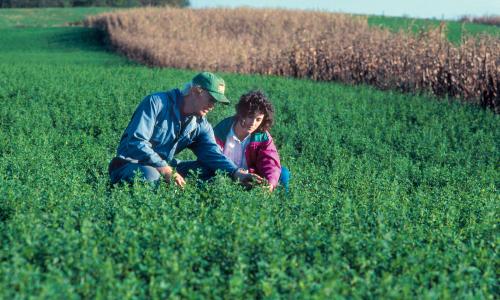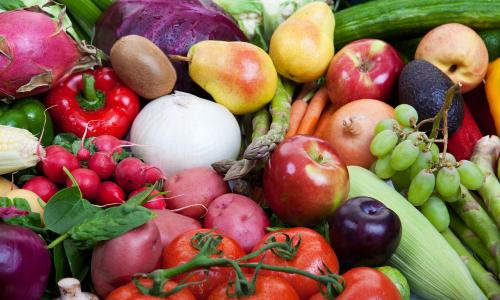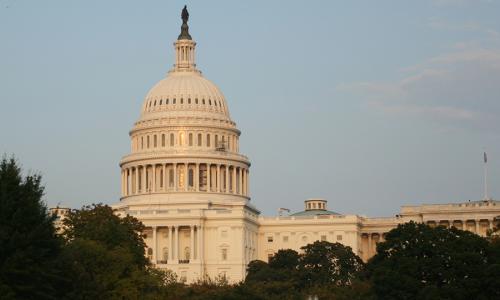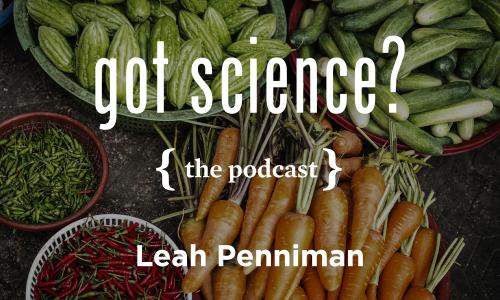We should eat more fruits and vegetables. And it's not just our mothers who think so.
The U.S. Department of Agriculture (USDA) in 2011 unveiled a new set of dietary guidelines, dubbed "MyPlate," recommending that fruits and vegetables make up 50 percent of our daily food intake.
Yet our actual diet falls far short of this ideal. We eat too little healthy food and too much refined grains, sugars, meat, and fat—eating patterns that have helped drive a nationwide epidemic of obesity and associated chronic illnesses.
So if we need more fruits and vegetables on our plates, why is it that only 2 percent of U.S. farmland is planted with them?One answer may be that current U.S. farm policy presents serious practical obstacles for farmers who want to plant healthy food. Our 2012 report, Ensuring the Harvest: Crop Insurance and Credit for a Healthy Farm and Food Future, explains these obstacles and recommends policy changes to remove them.
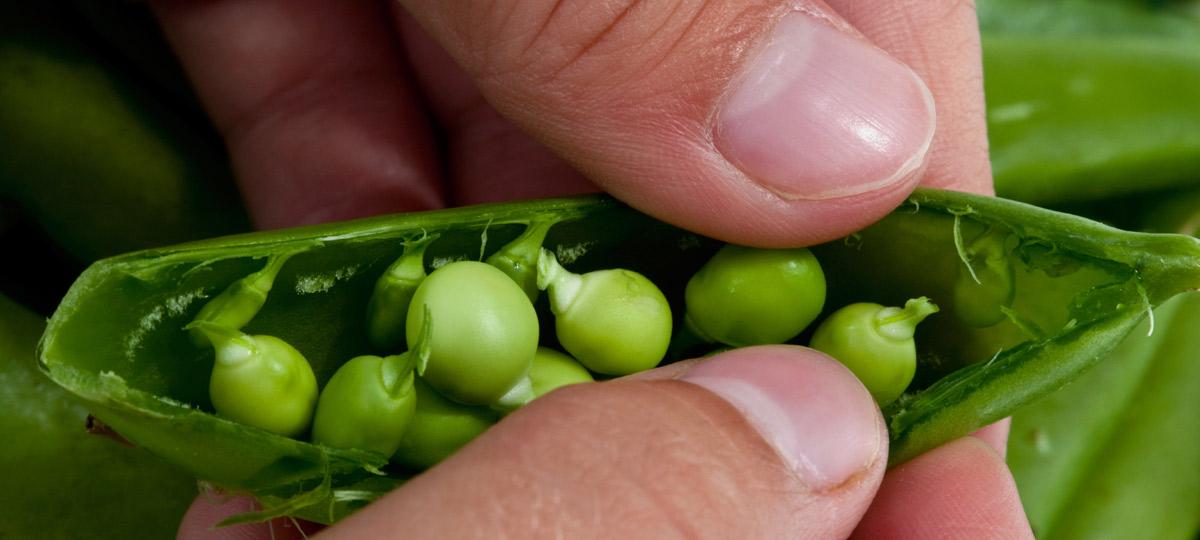
Planting restrictions: no vegetables allowed
A large percentage of our farmland is planted with commodity crops such as corn and soybeans, which are used predominantly as inputs to produce meat, processed food, and non-food products. Current federal farm policy provides financial incentives in the form of subsidies to farmers who plant these crops.
It might seem like a good idea to encourage commodity-crop farmers to diversify and plant some of their acres with fruits and vegetables. But this is prohibited for most farmers receiving commodity subsidies under current rules—rules supported by large-scale fruit and vegetable producers because they deter competition and keep prices up.
The crop insurance conundrum
Farming is a risky way to make a living. A farm's profitability depends on many factors, such as weather and market prices, that are beyond farmers' control. Productivity and revenue are bound to vary unpredictably from year to year. Farmers purchase crop insurance to protect themselves against these fluctuations.
But crop insurance is harder to come by for healthy-food farmers, because the data that the USDA uses to design insurance policies are not as abundant for healthy-food farming as for commodity-crop farming. The USDA has developed a pilot policy called whole-farm-revenue insurance to address this problem, but it is costly and available only in select regions.
The credit squeeze
Like other growers, many healthy-food farmers require financing to purchase inputs for their farms. However, the difficulty of obtaining insurance has a domino effect on healthy-food farmers' access to credit. A farmer without crop insurance will naturally appear less credit-worthy. And the typically smaller size and more diverse, less conventional practices of healthy-food farms can also be stumbling blocks for lenders.
Removing barriers: recommendations
If Americans need to eat more healthy food, encouraging U.S. farmers to grow healthy food is a policy no-brainer. Here are some steps Congress can take toward that goal:
- Congress should promote planting flexibility. To increase the sale of fresh fruits and vegetables in local markets, we recommend that Congress remove barriers in commodity subsidy programs that prohibit farmers from planting fruits and vegetables.
- Congress should require, and the USDA should improve, federal crop insurance policies for healthy-food farms that use sustainable practices, making whole-farm-revenue insurance available and workable for a broader range of farmers.
- Congress should require, and the USDA should support, the expansion of smaller-scale lending programs. Expansion of micro-lending facilities can help foster growth in local-food sales, as some smaller programs that have been successfully established could be replicated or supported at a greater scale.
